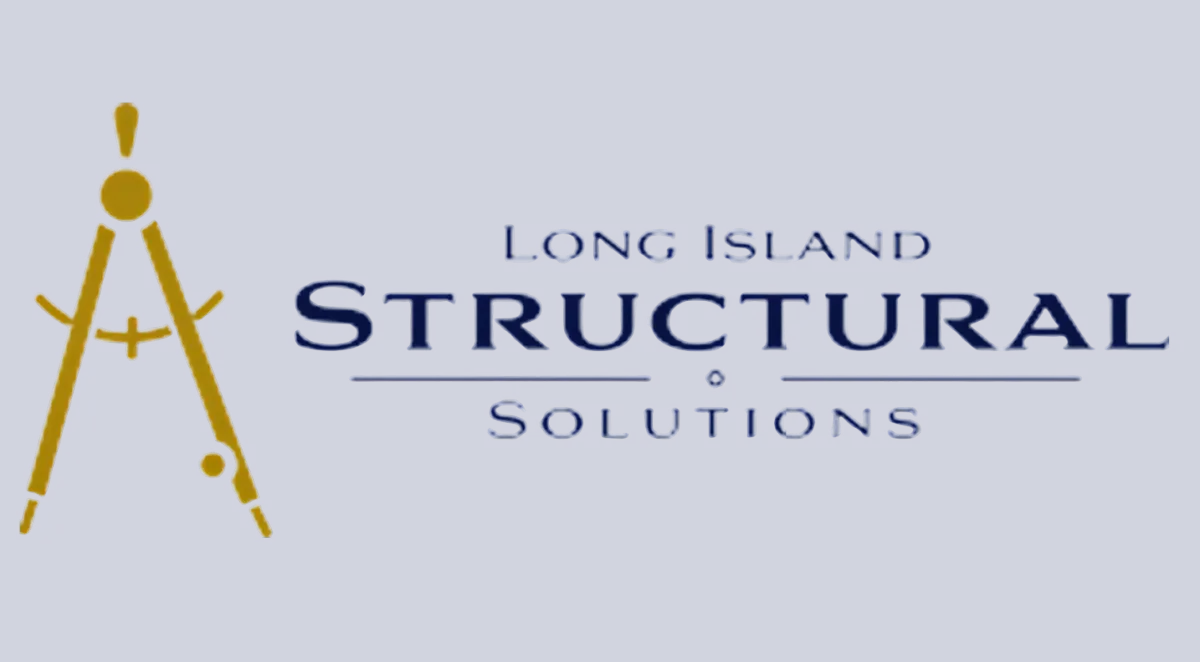
Ensuring Stability Before Change of Use
Load Rating of Existing Structures: Ensuring Stability Before Change of Use
When a building’s purpose changes, one of the most important questions to ask is:
“Can the existing structure handle the new loads?”
This is where a load rating assessment by a structural engineer becomes essential.
What Is Load Rating?
Load rating is the process of evaluating how much weight an existing structure—such as floors, beams, or roofs—can safely carry.
It involves:
Reviewing the original design and construction materials.
Inspecting the current condition of the structure.
Calculating how much load (live and dead) the system can handle.
Load ratings ensure that buildings remain stable, compliant with code, and capable of handling new uses.
Why Property Owners Request Load Rating
A building is not always used the same way throughout its life. Some common scenarios include:
Office to Event Space – Converting an office floor (typically designed for 50 pounds per square foot) into a stage or assembly area, which may require 100 psf or more.
Warehouse to Gym – Installing heavy workout equipment on floors not designed for concentrated loads.
Retail Store to Storage Facility – Adding shelving or inventory that increases load demands.
In each case, the new use may exceed the original design capacity, creating stability risks if not addressed.
The Role of a Structural Engineer
A licensed structural engineer will:
Inspect the structure and review available drawings.
Perform calculations to determine load-carrying capacity.
Compare current capacity with code requirements for the new use.
Recommend reinforcement if additional strength is required.
Provide certified documentation that satisfies building departments and owners.
When Reinforcement Is Required
In some cases, the existing structural system is not strong enough for the new load. For example:
Floor joists may need to be reinforced with steel or sistered lumber.
Beams may require plating or replacement.
Columns may need strengthening or foundation upgrades.
A structural engineer designs these reinforcements to ensure stability, compliance, and cost efficiency.
Benefits of Load Rating Assessments
Stability Assurance – Prevents overloading and potential structural failure.
Code Compliance – Meets International Building Code (IBC) and local NYS regulations.
Project Savings – Identifies the most efficient reinforcement options.
Peace of Mind – Owners and tenants gain confidence in the structure’s performance.
Do You Need a Load Rating in Long Island?
If you’re planning to change your building’s use, add heavy equipment, or renovate, don’t risk costly mistakes — a load rating is essential for stability and code compliance.
At Long Island Structural Engineering, we deliver fast, certified load rating assessments and reinforcement designs for residential, commercial, and industrial projects.
📞 Call us now at (347) 294-8443 to speak directly with a licensed structural engineer.
🌐 Visit us online at longislandstructural.com to learn more about our services.
No forms. No waiting. Just expert answers and solutions when you need them.
